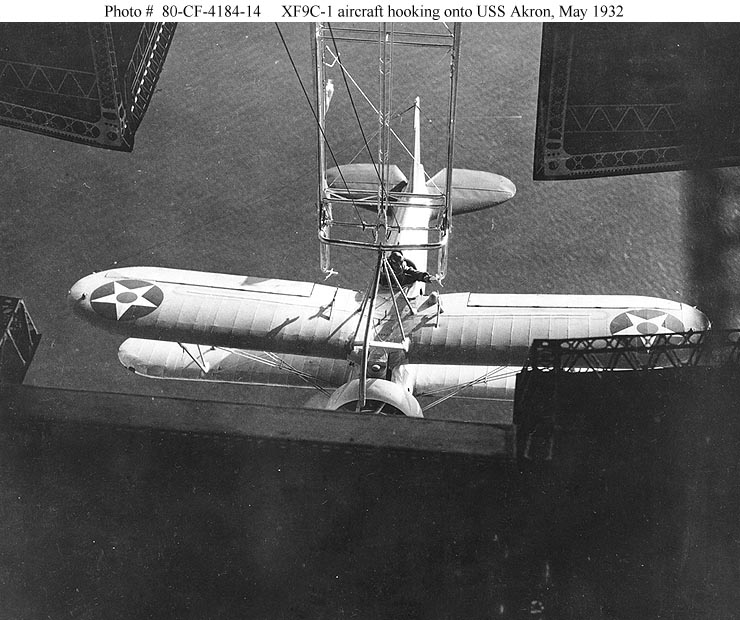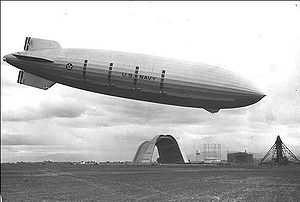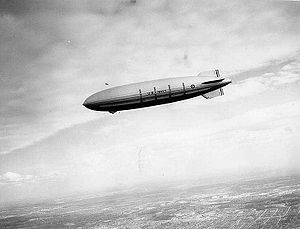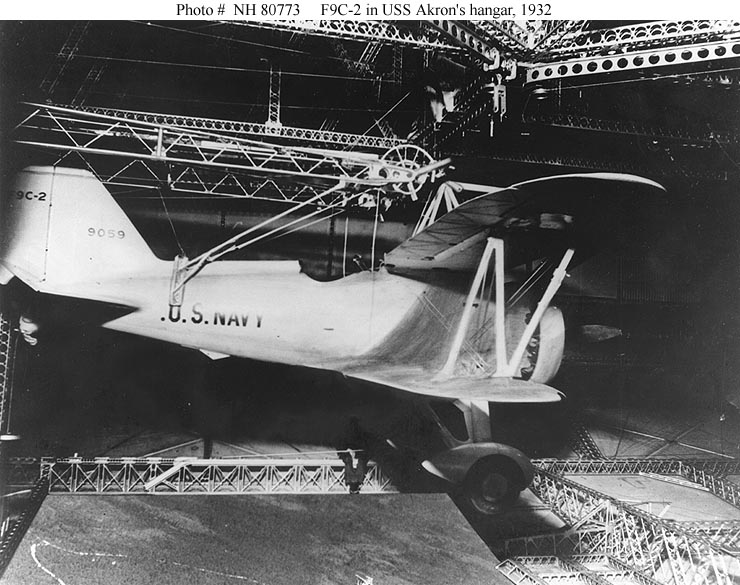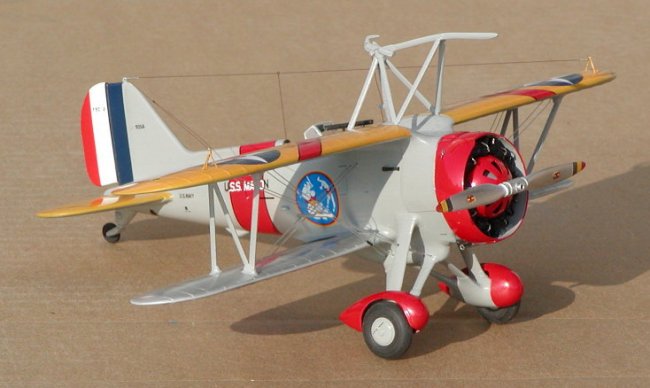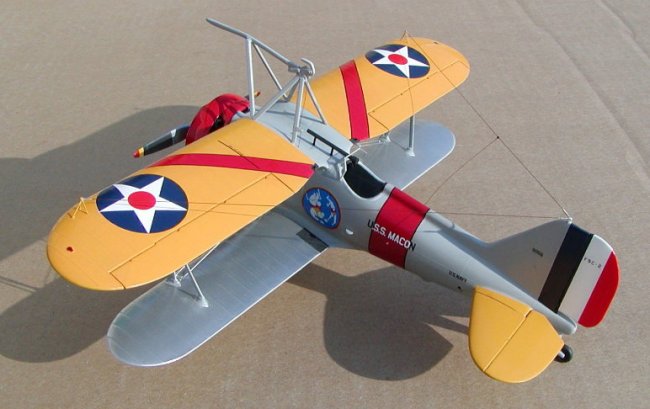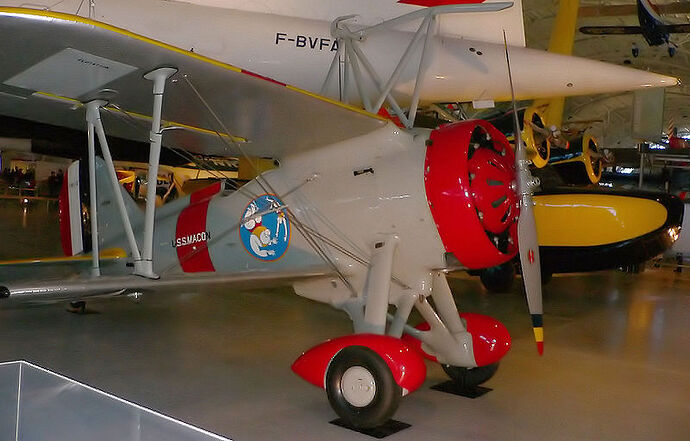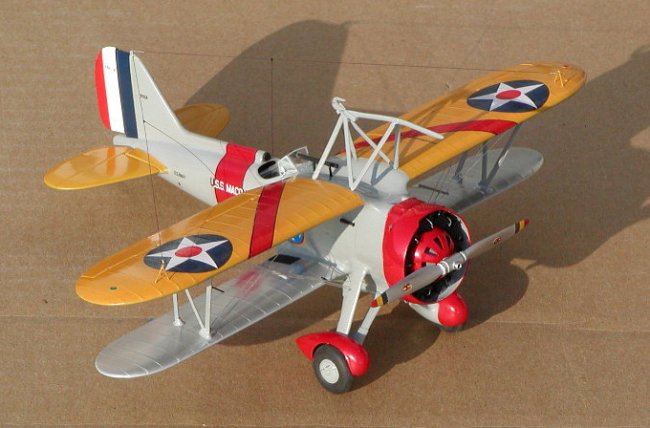These were effectively the last military Zeppelins to fly, being part of Germany’s “War Reparations” to the USA.
Count Ferdinand Von Zeppelin designed them for the US Navy, and doing so must for him have been a bitter-sweet experience, since he had wished to loft his airships on Helium for nearly 20 years.
The airships were designed for long range patrol, each carrying 4 or 5 (of some 12 produced) Curtiss Sparrowhawk biplane fighters, powered by radial engines, and deliberately manufactured without an undercarriage, but replacing that device with what amounted to an “overcarriage” arrangement that allowed the Sparrowhawk fighter (as it became known) to be hoisted onboard the airship from below to be re-armed and refueled, while the pilot rested.
A much later variant of the same idea later gave rise to both the McDonnell Douglass XF85 Goblin parasite fighter in the Convair B36 bomber, which concept itself evolved further into the FICON series of experiments. The XF 85 experiments were not a success, it being that the increase in airspeed since the 1920’s had brought with it a whole new series of aerodynamic issues
relating to two aircraft travelling in extreme proximity and attempting to merge. The FICON experiments were, on the whole, much more successful, yet overtaken by the vast technological leap forwards of the early-mid 1950’s, and were thus abandoned, mainly because Air-to-Air Refueling/In-Flight-Refueling had by then become an operational reality.
To return to the Akron and Macon: Both were lost in the late 1920’s, early 1930’s, one, apparently to the then little-known windshear, the other to apparent lightning-strike.
The wreckage of one was discovered on the seabed not far from the Atlantic end (if memory serves) of the Panama canal some years ago.
Divers have, as far as I know, investigated the wreck, though I have neither encountered mention of nor know of any plans to raise/salvage anything thereof/therefrom.
As time goes by, I will add to this thread, and cordially invite others to do so.
Regards, Uyraell.


